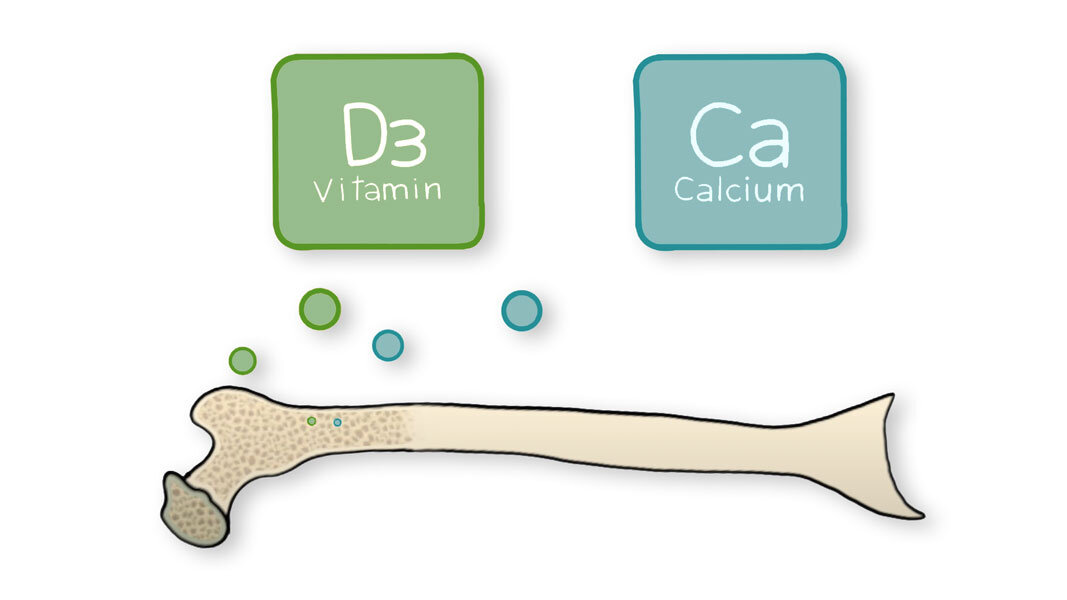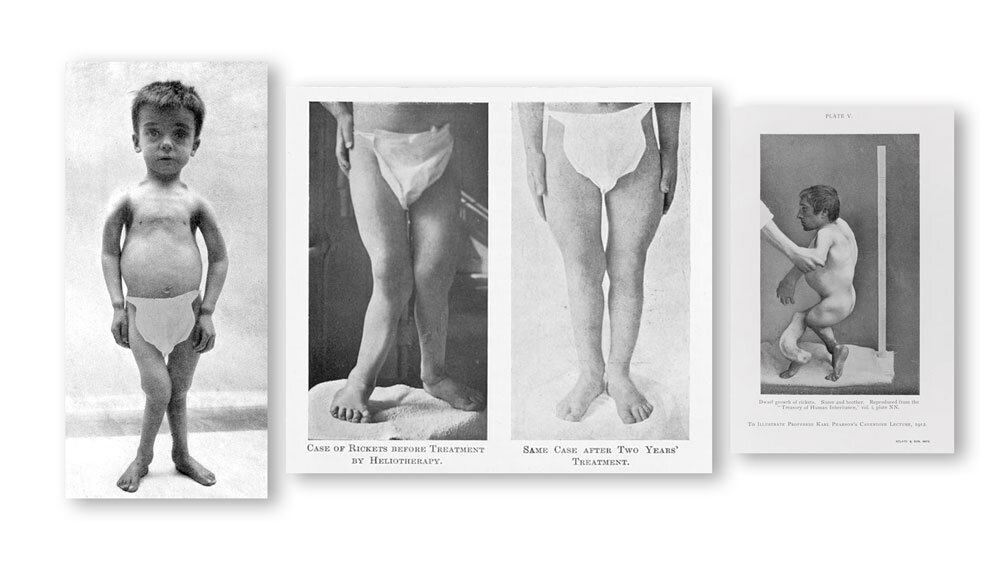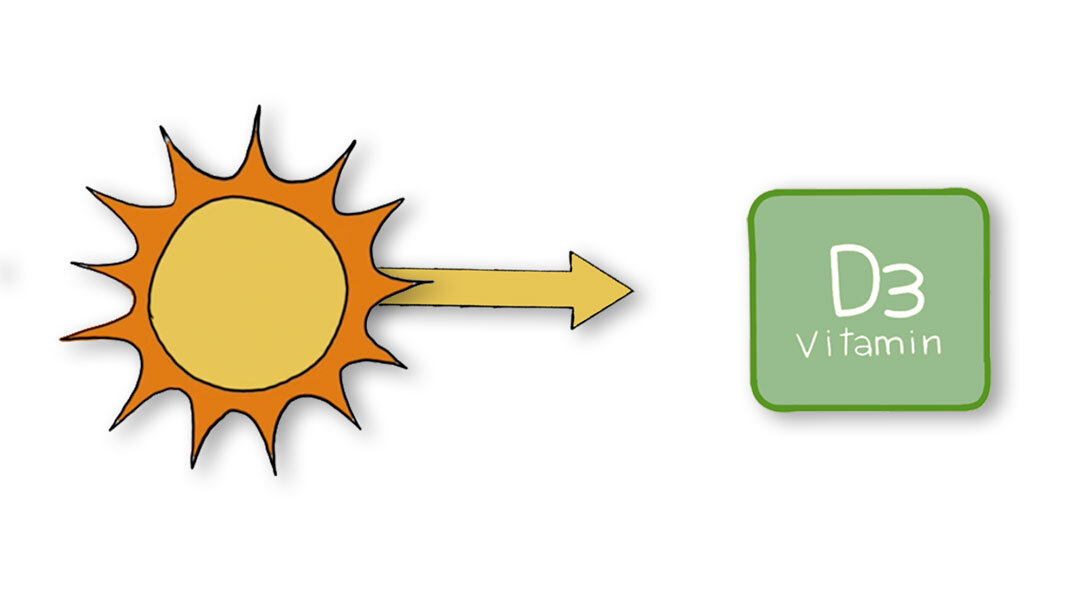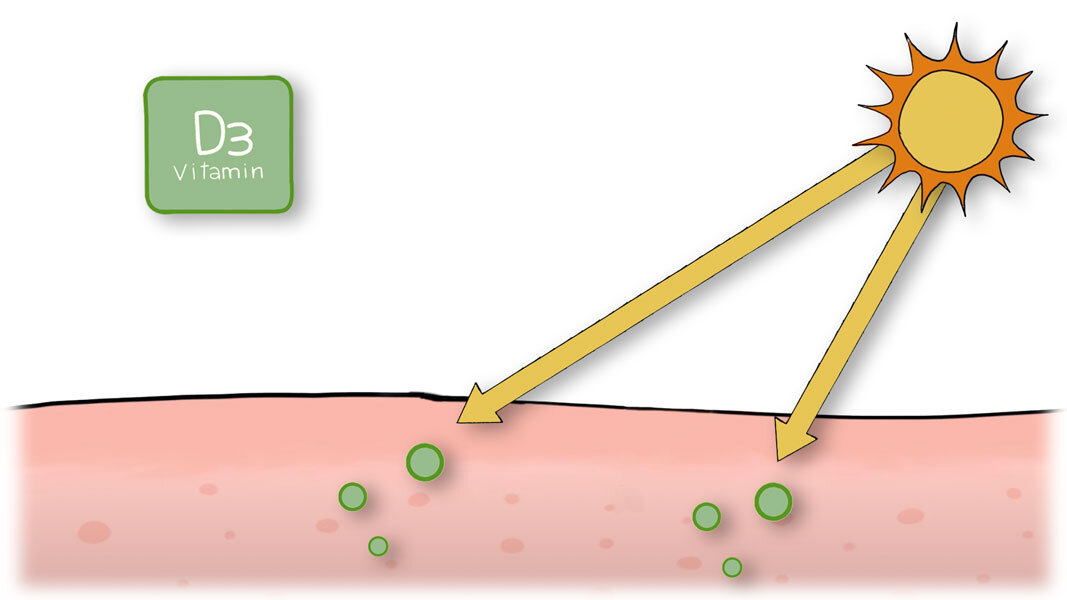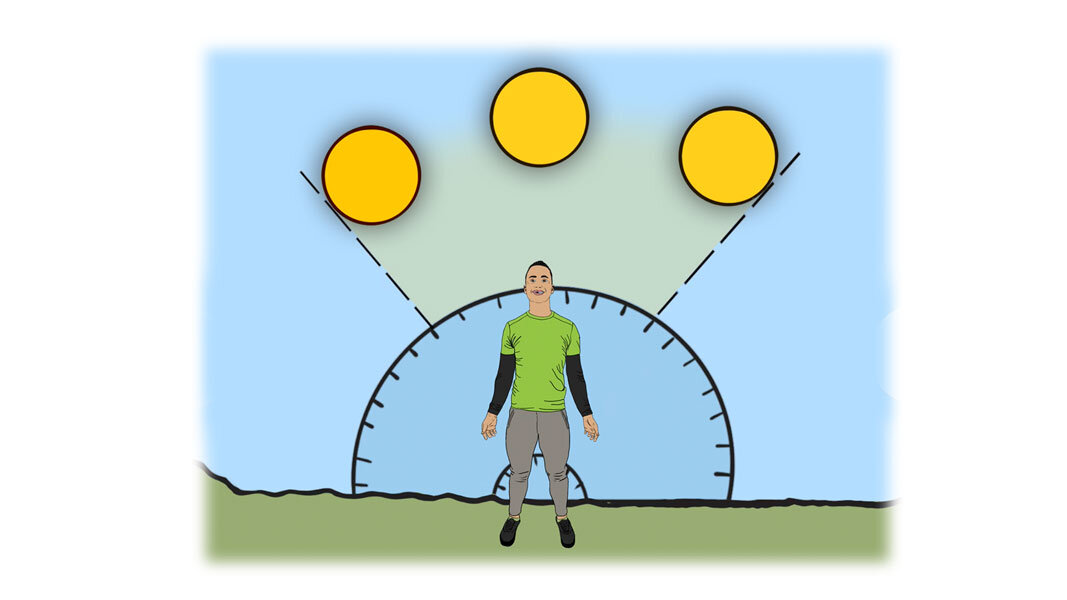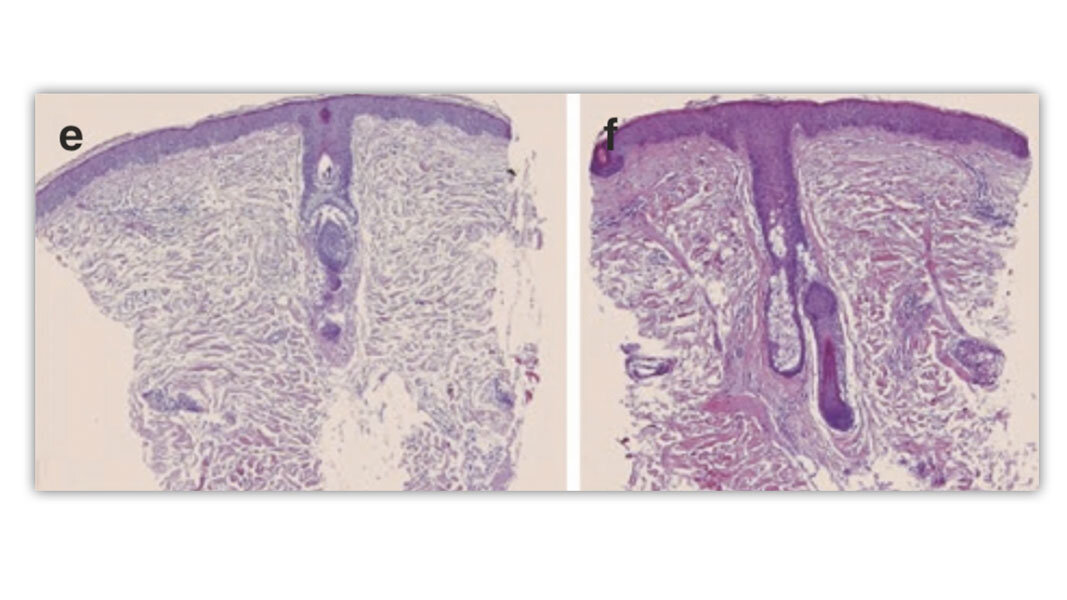How to Increase Vitamin D Levels with Red Light Therapy
Written by Christopher Ioannou, BSc (Hons) Sports & Exercise Science
Reading Time: 12 minutes
The video version of this post:
To the best of our knowledge, no-one has previously linked vitamin D studies with red-light therapy (or “photobiomodulation”). So, this might be a first.
Due to the complex nature of this topic, there are many moving parts in this post, but we’ve tried to simplify and streamline the information as much as possible. However, as with all scientific topics, one needs to see the full picture before jumping to conclusions. So, if you want to experience that “a-ha” moment we all love to have when we learn something new, be sure to read the whole thing.
Alright, let’s begin.
Vitamin D has been well researched, and over the years it’s become well known just how important this nutrient is for our health and well-being.
Let’s quickly summarise the benefits.
What is Vitamin D?
Vitamin D is not only an essential nutrient, but is actually considered to be a hormone. In the past, it was primarily thought to be used by the body, in conjunction with calcium, to build bone matter [9].
Figure 1 - Vitamin D and Calcium form bone
Vitamin D Benefits
Vitamin D Deficiency
It is estimated that more than 50% of the world’s population is vitamin D deficient – and possibly a larger percentage have less than optimal amounts in their bodies at any given time [4][8].
The impact of Vitamin D deficiency first made headlines during a rickets outbreak in the early 1900s.
Rickets is a nasty disorder that weakens and soften bones, stunts growth, and, in severe cases, causes skeletal deformities.
Figure 2 - Rickets is a Disorder that Weakens and Soften Bones
Anyway, it got so bad that food producers started fortifying milk, orange juice and many other foods with vitamin D to fight the epidemic. Even some beer and soaps were enriched with this vitamin [1].
Figure 3 - Vitamin D Fortified Products From the 1900s
Nowadays, even though rickets is no longer a widespread issue, vitamin D deficiency is still one of the most common medical conditions in the world [4].
So, how did we get to this point and how can red light therapy help us to beef up our vitamin D count?
Well, we need to first understand that there are only three sources of vitamin D.
The Three Sources of Vitamin D
1. Vitamin D in Food
Figure 4 - Vitamin D from Food
The first is from food, which is the least optimal source. Unless we are regularly eating mountains of fatty fish, especially fish liver, it’s actually pretty hard to get our recommended daily requirements of vitamin D from food.
To put things into perspective, let’s look at a table from the United States National health institute.
Figure 5 - Vitamin D Content in Various Foods - United States National Health Institute
Besides cod liver oil, one would need to eat either half a kilogram of salmon, or 13 cans of tuna, or 48 eggs, or 17 glasses of fortified milk to get the recommended daily amount of vitamin D from food alone [1][2][5].
And because most of the foods containing the highest amount of vitamin D are animal based, vegans are likely to be a particularly high risk population [3].
2. Supplemental Vitamin D
Figure 6 - Vitamin D from Supplements
Obviously, dietary supplementation of vitamin D, which is our second source, can help to increase vitamin D levels, and most multivitamin manufacturers do add vitamin D3 to their mixtures nowadays.
However, one needs to know what quantities would be sufficient to raise your vitamin D levels above the recommended minimum of 30-50 ng/mL [1][2].
For example, a study done in Boston found that 1,000 International Units (IUs) supplemented daily, was not enough to raise their participants’ levels of vitamin D above the minimum threshold during the winter months [11]. The subjects also all showed varying levels of the vitamin in their system by the end of the study.
So, would 2,000IUs have been enough – or even 3,000?
It’s difficult to say without frequent testing. The reason for this inconsistency is that only about 60% of vitamin D makes it through the digestive system and into the liver for processing [4].
Furthermore, those with digestive issues might absorb less vitamin D through their intestines than their healthier counterparts, which exacerbates the issue. It is said that those who have had a gastric bypass might need to take up to 50,000 IUs of daily supplemental vitamin D to maintain adequate body concentrations [1].
To add even more nuance to this point, many supplemental formulas of vitamin D and fortified foods contain the D2 variant of the vitamin, which is less active in the body, so it is an inferior form than its D3 counterpart [1][6].
So… if food is a poor source of vitamin D and it tough to know what dose of supplements to take, as well as to quantify their impact, then is there a better way of attaining this essential nutrient?
3. Vitamin D From Sunlight (UV light)
Figure 7 - Vitamin D from Sunlight
Luckily there is, and this brings us to our final source of vitamin D, which is sunlight.
Our bodies can actually make vitamin D via the sunlight by means of a chemical reaction that occurs when UV rays enter the top layer of the skin, which is called “the epidermis”.
Figure 8 - The Epidermis of the Skin Converts UV Light to Vitamin D
Figure 9 - Vitamin D Absorption via Food VS Sunlight
Vitamin D derived from UV light also circulates in the body for 2 to 3 days longer than dietary sources.
One also never needs to worry about overdosing and intoxicating the body with this vitamin, because when our bodies sense that we have received enough from UV rays, the skin converts the excess vitamin into compounds such as lumisterol and toxisterol. And it just so happens that these lumisterol and toxisterol byproducts are anti-cancerous for the skin, which further benefits us [1].
However, science wouldn’t be science if there weren’t some exceptions to the rule. So, when it comes to getting enough vitamin D from the sun, there are a few other factors at play.
One of them is the zenith angle, which is basically the angle at which the sun’s rays hit your body. So, early in the morning and late afternoon, the sun’s rays travel a longer distance through the atmosphere to reach your skin, compared to the period around noon.
Figure 10 - The Zenith angle of the Sun at different times of the day
This extra distance enables the atmosphere to absorb more UV light, which negatively affects vitamin D production. So, effectively, there is a window only between 10am and 3pm when you can maximally utilise UV rays for vitamin D production [1].
Figure 11 - Optimal time to absorb Vitamin D from the Sun
These issues are further exacerbated during the winter months, when the sun is further away for those living far north or south of the equator.
Figure 12 - Distance of Sun from the Northern and Southern hemispheres in Summer VS Winter
Furthermore, because vitamin D is made in the epidermis, the thickness of that layer is another factor that determines how quickly our bodies can produce vitamin D from UV light. It is for this reason that elderly people are susceptible to vitamin D deficiency, because our skin thins out with age.
All this being said, sun exposure at the right time of the day and season trumps any other method of obtaining vitamin D.
Additionally, regular sun exposure also helps to calibrate our in internal day/night clock, known as our circadian rhythms, which is essential for good sleep.
Can UV Light Damage the Skin?
But I know what you might be asking... It’s all well and good that the sun can give us the most bang for our buck when it comes to vitamin D production and other health markers, but isn’t the UV light emitted by the sun dangerous? Doesn’t it increase our risk of skin cancer, damage our skin and cause wrinkles?
Well, you would be correct, but, as with all health science topics, there is always a lot of nuance to the story. So, let’s investigate so we can tie the research on red light therapy into all of this.
The working class, in most of the Western world, spends more than 90% of their time indoors and therefore out of the sun, which is the main reason for the alarming rates of vitamin D deficiency.
Figure 13 - The working class spend more than 90% of their time indoors
When we do go outside, it’s oftentimes with sunscreen on, because we’ve developed this fear of the sun causing wrinkles and possibly lethal skin conditions. So, even the little bit of sun we do see can’t benefit us, from a vitamin D perspective.
Figure 14 - Going to the beach with sunblock on skin
Furthermore, our skin has become so maladapted to the sun that when we do decide to spend a lot of time outdoors on odd occasions, our skin is unprepared and we burn.
This is key!! It is sunburn that damages our skin cell,s but not sun exposure in and of itself.
Figure 15 - Man with a sunburnt face
Therefore, it’s the duration of exposure and your preparedness for exposure at that time which matters most.
With that in mind, we can finally bring red light therapy into the picture.
How Red Light Therapy Protects the Skin From Sunburn
Red and NIR are light frequencies between the ranges of 630-940 nm. This spectrum of red and invisible light is emitted by red light therapy devices, but are also abundantly found outdoors at sunrise and sunset, which is why the sky looks so red at those times.
Figure 16 - Red Light Therapy devices emit the same Spectrum of Light as the Sun does during Sunrise and Sunset
This everyday natural occurrence is thought to help to pre-condition our skin for the harsh UV rays found in higher amounts around noon.
To test this theory out, scientists isolated parts of the skin and shone various non-UV light frequencies on each individually-isolated segment. The first area received no light, the second patch received blue light, the third orange, the fourth red and the rest increasing frequencies of NIR light [7].
Figure 17 - Skin exposed to various Light Frequencies before bathed in UV Light
24 hours later, this same patch of skin was exposed to the sort of harsh UV light that is common at midday. This was the result:
Figure 18 - Red Light Therapy For Sun Protection: Aftermath
As you can see, the no-light patch burnt pretty badly and the area pre-exposed to blue light did not do much better. However, as you move on from red to NIR, the burns become significantly less severe.
These results demonstrate that sunrise times are important for preconditioning our skin for the midday sun.
Therefore, these red light therapy LED light devices bathe one in those same photoprotective wavelengths of light that one gets at sunrise and sunset. So they will prepare your skin for the harsh midday sun as shown in this study.
Red Light Therapy for Increasing Skin Thickness and Vitamin D Absorption
Furthermore, red and NIR light has the ability to penetrate deep into layers of the skin and actually stimulate the epidermis layer to thicken as seen in the before and after pictures of this photobiomodulation study by Dr Lee and colleagues.
Figure 19 - Red light therapy for skin thickening- before and after
The increased epidermal thickness means that there are more cells available to chemically produce vitamin D during UV light exposure, making the whole process more efficient.
So, we now have a scenario whereby, through the use of red light therapy, our bodies can receive their required daily doses of Vitamin D more efficiently and with less overall sun exposure needed. Plus, the preconditioning effect of red light therapy can prevent burning and damaging of the skin during sun exposure.
These benefits of red light therapy can be helpful to everyone but, may be especially important to the elderly, who have thinner and more frail skin, yet, still require adequate levels of vitamin D from the sun.
Summary
Okay, so let’s recap;
Vitamin D is essential for our health.
The sun provides us with the best source of vitamin D, but, unfortunately, in this day and age we don’t get enough of the UV rays that promote its production due to our modern lifestyles. We need to, thus, spend a lot more time in the midday sun to acquire healthy levels of this essential nutrient.
However, more UV sun exposure, especially when we are not used to it, would increase the risk of sun damage to our skins.
So, to combat this issue, red light therapy could be used. The photo-bio-modulatory effect of these spectrums of light would precondition and protect the skin from sunburn, and also help the skin to recover from daily exposure. Additionally, the ability of red light therapy to thicken the epidermis of the skin would make vitamin D production more efficient, with less UV exposure time needed.
How to Get the Benefits of Red Light Therapy from Sunlight
If, however, you don’t own one of these devices, or can’t afford one, the general rule of thumb is that if you are outdoors and your shadow is taller than you are, then you are taking advantage of the therapeutic early morning and late afternoon red and NIR sunlight.
Figure 20 - The Benefits of Red Light Therapy from Sunlight is maximised when your shadow is taller than you
Wow, that was a lot of science, but I hope it was interesting to you.
If you want to learn more about the photobiomodulation, check out our post on The Benefits of Red Light Therapy.
Also check out Joovv, the red light therapy devices we use. if you want to grab yourself a Joovv device, the company has offered our audience a $50 discount with every purchase* using code EH on checkout on their website.
*Excluding the Joovv Go 2.0 device.
You can learn more about Joovv devices by reading our in-depth Joovv Review.
Anyway, until next time, keep on exercising your health. Cheers!


